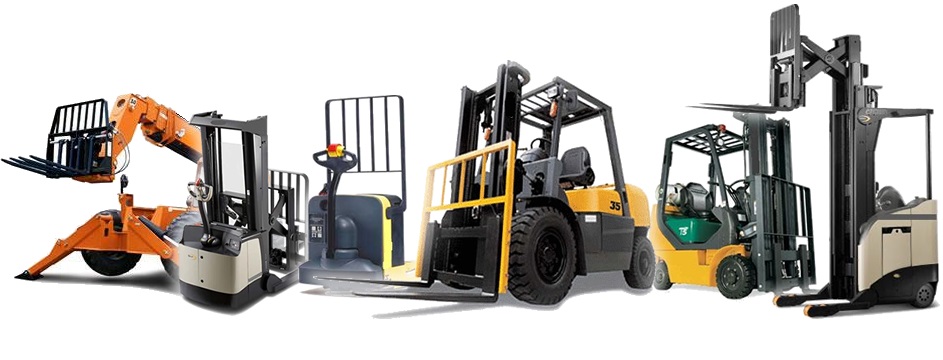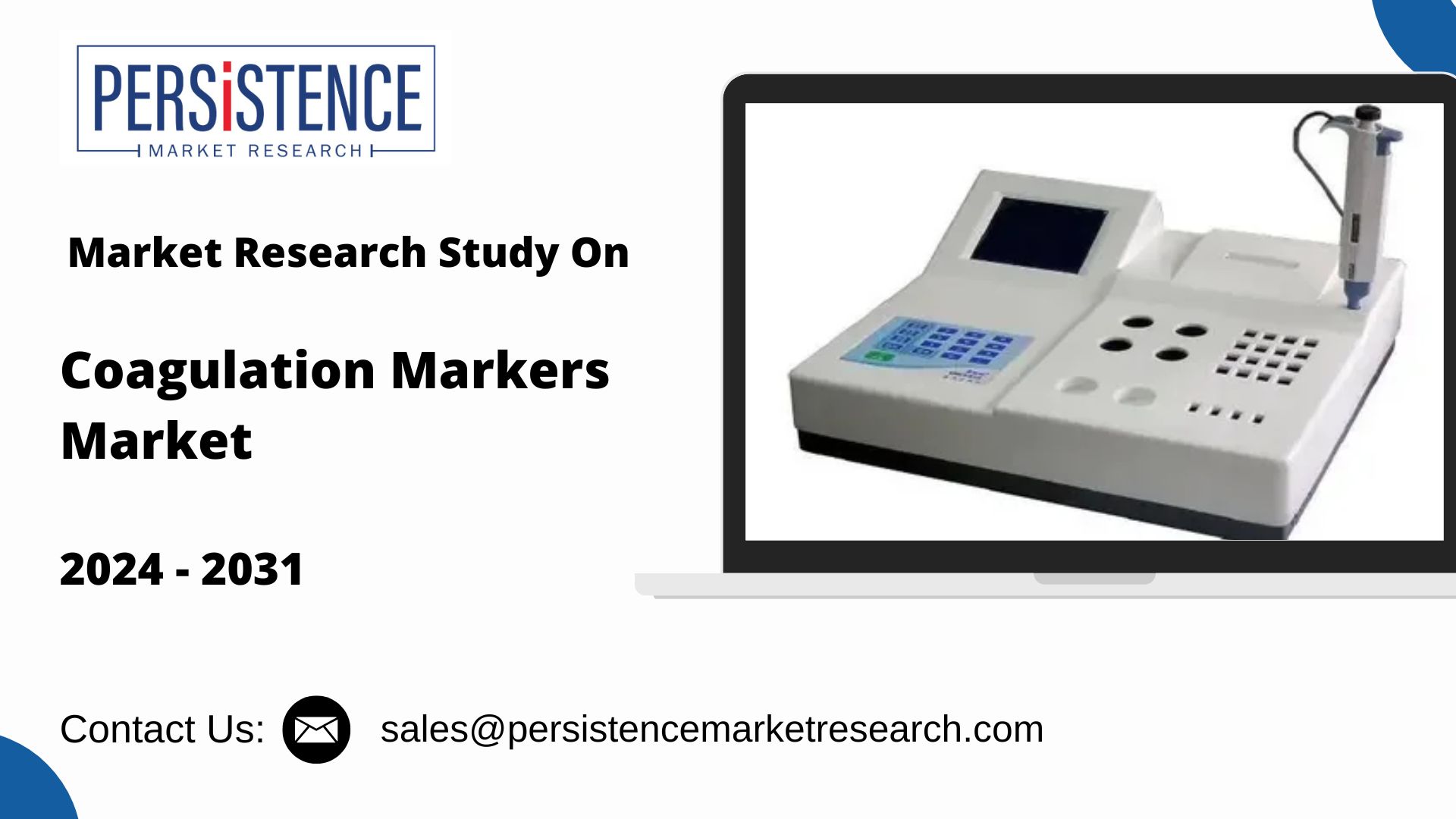Fastest Growing Dental Chains in the U.S. What’s Fueling Expansion in the Dental Industry

Strong 8k brings an ultra-HD IPTV experience to your living room and your pocket.
The U.S. dental industry is experiencing one of the most significant growth phases in its history, driven by rapidly expanding dental chains and Dental Service Organizations (DSOs). These organizations are revolutionizing how oral care is delivered—through innovative business models, strategic investments, and a consumer-driven approach to dentistry.
The U.S. dental chain market size is projected to rise from US$ 150.2 Bn in 2025 to US$ 229.5 Bn by 2032. It is anticipated to witness a CAGR of 6.2% during the forecast period from 2025 to 2032. High demand for various dental services, such as treatment, diagnosis, and prevention of dental issues is expected to spur the development of structured dental chains in the U.S. Increasing prevalence of oral cancer and various periodontal ailments is another factor poised to boost development.
In 2025, dental chains are not just growing in numbers; they are reshaping access, affordability, and the overall patient experience. This article explores the fastest growing dental chains in the U.S. and delves into the key factors fueling their remarkable expansion.
The Rise of Dental Chains: A National Movement
Traditionally, the U.S. dental market was dominated by independent, solo-owned practices. However, rising operational costs, changing consumer expectations, and the need for technological investments have prompted a shift toward group practices and dental chains. These larger entities offer:
Economies of scale
Access to advanced technology
Standardized quality of care
Centralized non-clinical support
As of 2025, over 30% of dental practices in the U.S. are affiliated with dental chains or DSOs, with that number projected to exceed 50% by 2030.
Top Fastest Growing Dental Chains in 2025
1. Heartland Dental
Headquartered in Illinois, Heartland Dental is currently the largest dental support organization in the U.S., with over 2,300 supported practices and counting.
What’s Driving Growth:
Aggressive expansion strategy via acquisitions and de novo practices
Strong focus on dentist development, including continuing education and leadership training
Private equity support from KKR, enabling access to capital for rapid growth
A flexible affiliation model appealing to dentists seeking clinical autonomy and operational support
Heartland is adding 100+ practices annually, including specialist and pediatric care centers.
2. Aspen Dental
With over 1,000 locations in 45+ states, Aspen Dental is among the most widely recognized dental chains in the country.
Key Growth Factors:
Targeting middle-income and underserved communities with walk-in availability and affordable pricing
Investing in mobile dental units, expanding access to rural areas
Building on-site dental labs for same-day denture and prosthodontic services
Launching digital platforms for scheduling, financing, and teledentistry
Aspen Dental’s hybrid model of urban and rural clinics gives it a competitive edge in patient reach and scalability.
3. Pacific Dental Services (PDS)
Founded in 1994, Pacific Dental Services has grown to support over 950 practices in 24 states and is a pioneer in integrating oral and systemic healthcare.
Expansion Catalysts:
Championing the “Mouth-Body Connection®”, aligning oral care with primary care providers
Investing in AI diagnostics, EHR integration, and same-day crowns
Forming partnerships with medical groups, increasing patient retention through holistic care
Strong focus on clinician training and culture, resulting in low turnover
PDS’s mission-driven growth continues as it expands into co-located dental-medical clinics.
4. Smile Brands Inc.
Operating under banners like Bright Now! Dental, Monarch Dental, and Castle Dental, Smile Brands supports more than 650 affiliated locations.
Growth Drivers:
Focus on multi-specialty services under one roof
High investment in community outreach, including the “Smiles for Everyone Foundation”
Affordable care models supported by flexible financing options
Use of cloud-based practice management systems and real-time analytics
In 2025, Smile Brands continues to expand in suburban and emerging markets while maintaining strong brand loyalty.
5. Dental Care Alliance (DCA)
DCA is a multi-specialty DSO supporting more than 400 dental practices across 22+ states.
Expansion Strategies:
Offers affiliations across a wide range of specialties, from general dentistry to periodontics and oral surgery
Provides comprehensive business infrastructure, from HR to procurement
Targets mid-sized cities and suburban growth corridors
Actively acquiring practices with existing strong local reputations
DCA’s emphasis on supporting specialty services differentiates it in a crowded DSO landscape.
6. The Smilist Dental
Emerging as a regional powerhouse, The Smilist is expanding rapidly in the Northeast U.S., including New York, New Jersey, and Pennsylvania.
Unique Approach:
Focuses on high-end patient experiences, with spa-like environments and modern interiors
Offers transparent pricing models and digital-first scheduling
Targets urban professionals and millennial families
Uses data analytics for treatment planning and patient engagement
In 2025, The Smilist is transitioning into new markets like Boston and Washington D.C., fueled by investor backing and a strong brand identity.
Key Trends Fueling Chain Expansion Across the U.S.
1. Private Equity Investment
Dental chains are attracting substantial private equity interest due to:
Recurring revenue models
Fragmented market ripe for consolidation
Low default rates and high margins
Strong growth in demand for dental implants, aligners, and cosmetic procedures
Large investment firms are backing DSO growth, providing the capital needed for acquisitions and new practice openings.
2. Technology Integration
Fast-growing dental chains are leaders in deploying:
AI-driven diagnostics
3D imaging and intraoral scanners
Digital treatment planning
Online booking platforms and CRM systems
Technology not only improves patient outcomes but also enhances operational efficiency and scalability.
3. Access and Convenience
Chains are strategically opening clinics in:
Retail locations near grocery stores and pharmacies
Suburban hubs with growing populations
Medically underserved areas with few local providers
They offer extended hours, emergency walk-ins, and same-day services, aligning with the modern consumer’s demand for convenience.
4. Workforce Appeal
Many new dental graduates prefer to join dental chains due to:
Predictable income and benefits
Reduced administrative burden
Access to mentorship and advanced equipment
Flexibility to relocate within the network
This steady labor pipeline supports sustained growth and expansion of service offerings.
5. Dental-Medical Integration
Progressive chains like PDS are building the foundation for whole-body healthcare, co-locating dental and medical services to improve early diagnosis and prevention.
This integrative approach is supported by EHR systems and AI tools that link oral signs with chronic conditions, gaining favor with both payers and providers.
Challenges to Continued Growth
Despite the momentum, dental chains also face several headwinds:
Regulatory oversight regarding corporate practice of dentistry
Maintaining personalized care across large networks
Workforce shortages in dental hygiene and support roles
Price sensitivity among uninsured patients
Cybersecurity and data privacy risks
To overcome these, successful chains invest in compliance infrastructure, patient satisfaction programs, and advanced staff training.
Conclusion: The Future of Dental Chains in the U.S.
The fastest growing dental chains in the U.S. are redefining the standard of oral healthcare. With streamlined operations, cutting-edge technologies, and a consumer-first mindset, these organizations are filling crucial gaps in access, affordability, and quality.
As the industry continues to consolidate and evolve, dental chains will likely lead innovation in digital dentistry, value-based care, and integrated health models. Whether it’s through national giants like Heartland and Aspen, or regionally agile players like The Smilist, the dental industry’s future will be shaped by those who combine business acumen with a genuine commitment to patient well-being.
In short, what’s fueling expansion is more than just economics—it’s a reimagining of how and where dental care fits into the lives of everyday Americans.
Note: IndiBlogHub features both user-submitted and editorial content. We do not verify third-party contributions. Read our Disclaimer and Privacy Policyfor details.







